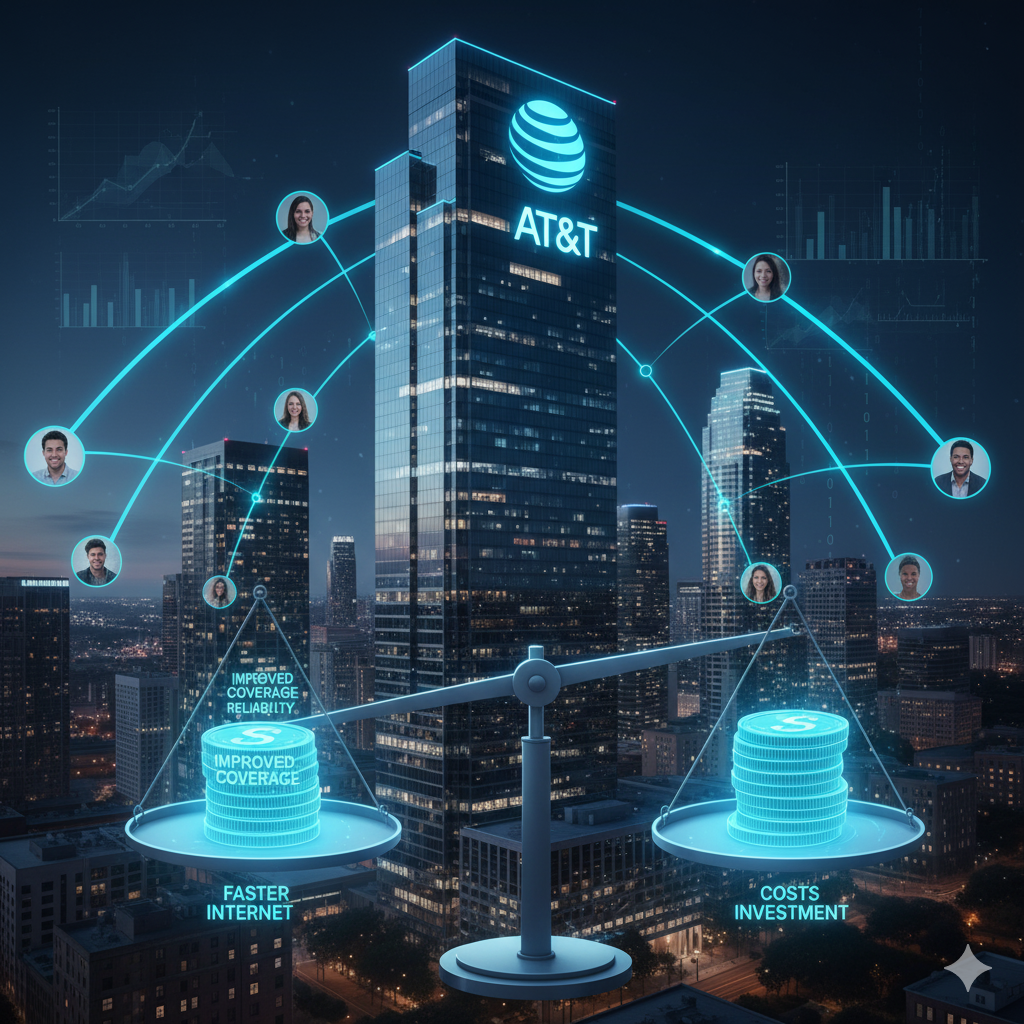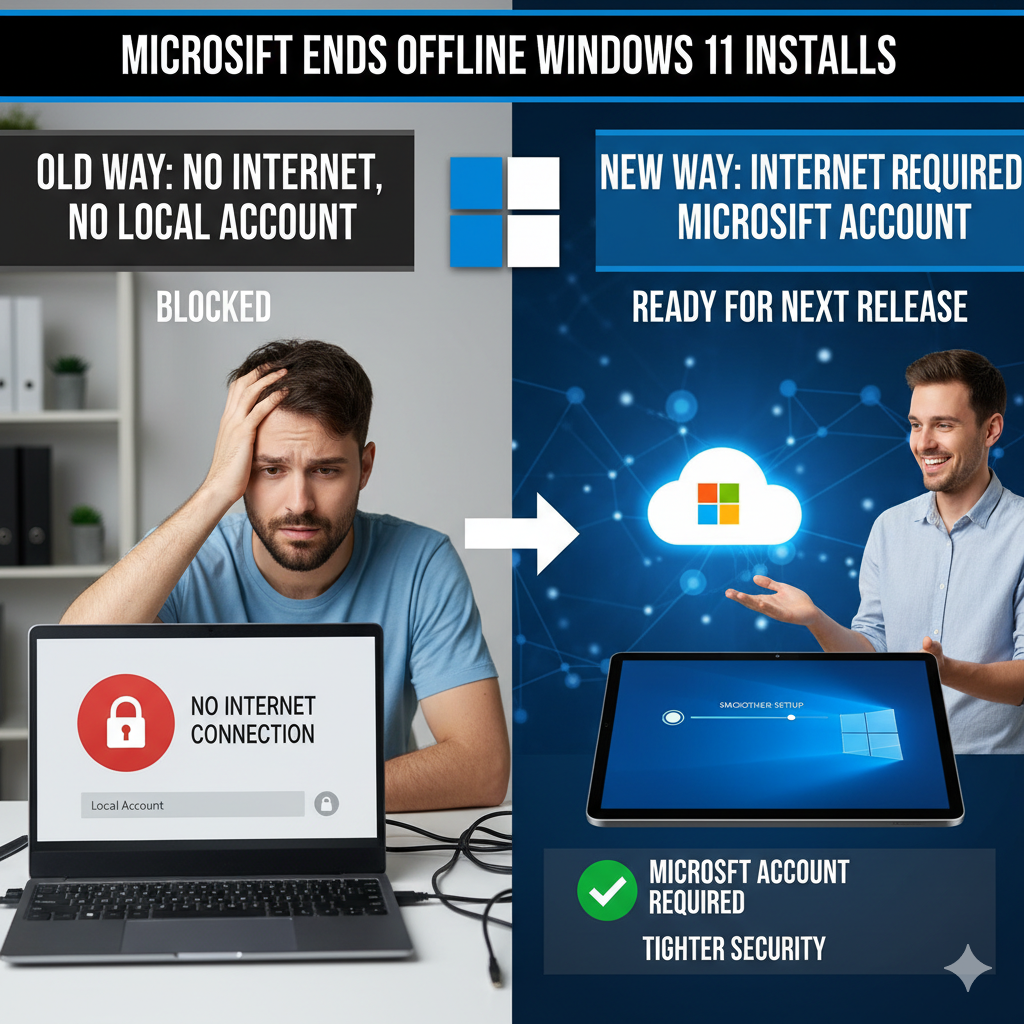AT&T Overhauls Its Entire Network: Here’s How It Could Impact Customers and Costs.
AT&T’s Massive Network Rebuild: What It Means for You and Your Wallet
AT&T is in the middle of one of the most ambitious overhauls in its history—tearing out decades-old infrastructure and replacing it with software-driven systems that could transform how millions of customers use and pay for their services.
The stakes are high. If the plan succeeds, customers could see faster, more reliable connections—and potentially lower prices. If it stumbles, users might face service hiccups, fewer product options, and bills that don’t shrink as much as expected. Either way, your phone and home internet are about to become more intertwined than ever before.
At this month’s KeyBanc Technology Forum, AT&T Chief Technology Officer Jeremy Legg described the effort as a once-in-a-career opportunity to rebuild the company’s entire network from the ground up. The strategy centers on convergence—merging AT&T’s wired and wireless businesses into one unified system. For consumers, that means broadband and mobile services will soon run over the same core network. The company’s goal is simple: cut costs. For customers, the big question is whether those savings will translate into lower bills or new headaches.
One piece of the rebuild involves replacing proprietary equipment that has powered AT&T’s central offices for decades. Instead of racks of aging hardware, the company is rolling out Linux-based systems and software-defined networking. Updates that once required sending engineers with new routers can now be handled in the cloud—cutting costs and speeding up service changes.
AT&T says this doesn’t just boost efficiency; it also enables faster product launches, such as cybersecurity protections that customers can add to their accounts instantly, without waiting for hardware installs.
The company is also retiring legacy services like DSL and traditional voice lines, replacing them with modern alternatives. For some customers, that means saying goodbye to familiar but outdated products. For others, it could mean faster speeds, better bundles, and more tailored offers. Legg hinted that AT&T’s retail stores, service centers, and apps will soon deliver personalized recommendations based on each customer’s history—from device upgrades to outage experiences—something the company has struggled with in the past.
For your wallet, the story cuts both ways. On one hand, AT&T’s drive to reduce costs could open the door to more competitive pricing, with bundled home-and-mobile packages offering discounts unavailable today. A streamlined network could also reduce fees tied to maintenance and upgrades. On the other hand, tighter convergence could lock households more deeply into AT&T, reducing flexibility to mix and match providers. Customers may also face short-term disruptions as legacy services are phased out and millions migrate to new systems.
In short: AT&T is betting big that a rebuilt, unified network will secure its future—and reshape how you connect, stream, and pay for telecom services.



